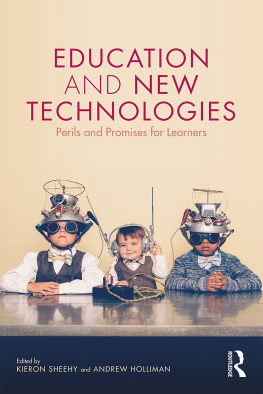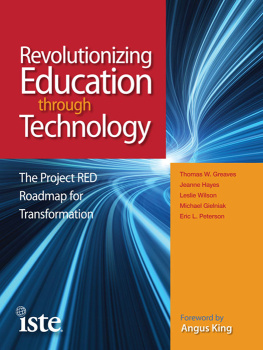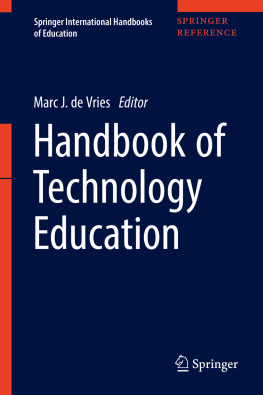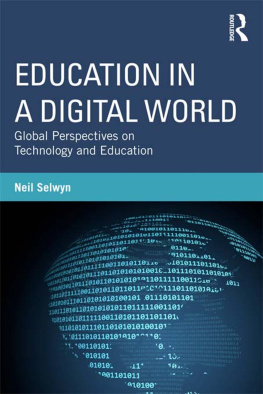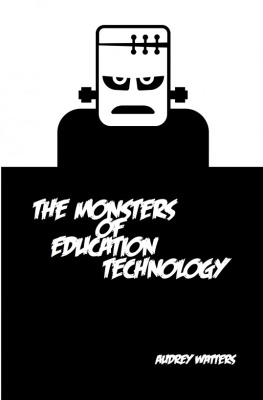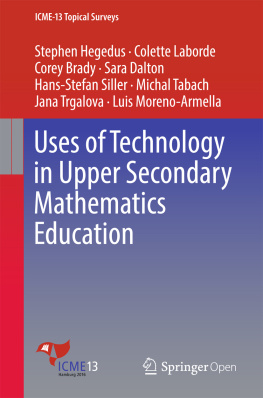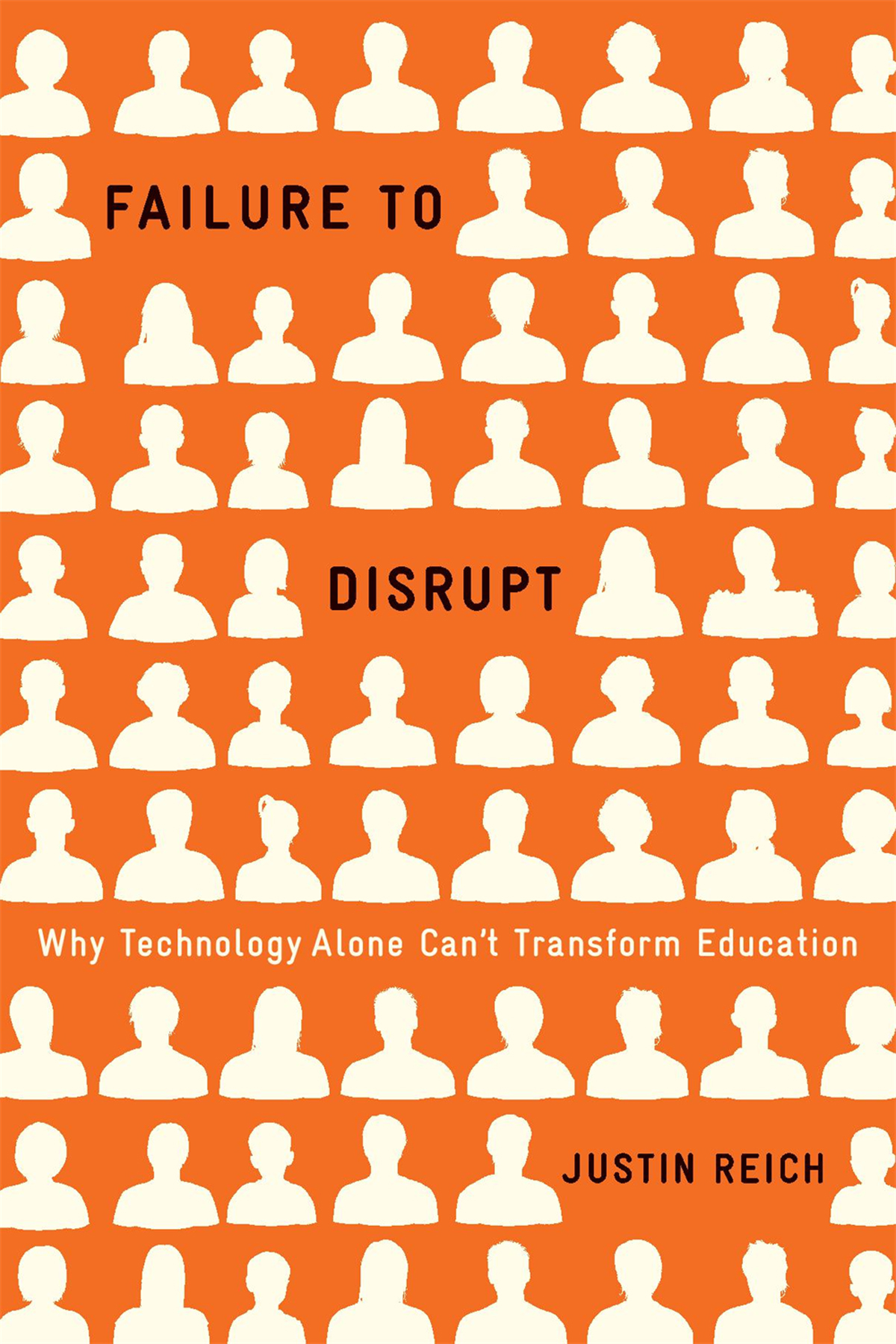Names: Reich, Justin, 1977 author.
Title: Failure to disrupt : why technology alone cant transform education / Justin Reich.
Description: Cambridge, Massachusetts : Harvard University Press, 2020. | Includes bibliographical references and index. | Identifiers: LCCN 2020012257
Subjects: LCSH: Educational technology. | Educational change. | Computer-assisted instructionEvaluation. | Internet in educationEvaluation. | MOOCs (Web-based instruction)Evaluation.
Reader, I am reviewing the copyedited manuscript of a book about technology and learning just as a pandemic has spread across the globe. By the time you download these words onto your favorite screen or, I pray, walk into your local bookstore to pick up a copy, the world will be different.
Schools and colleges are among the most durable and conservative of our social institutions. They prepare people for the future by connecting them with knowledge and wisdom from the past. Faculty make some accommodations for changing times, but for the most part, instructors teach how they were taught. Schools hold fast.
Even during historys watersheds, they hold fast. My colleagues in higher education are right now, for the most part, trying to teach as they did before, using video conferencing software to continue broadcasting their lectures. Most elementary school teachers have quickly and wisely given up on continuing a typical spring progression and shifted to enrichment, providing weblinks and worksheet packets that families can do at home to stay busy. Secondary school teachers are somewhere in between.
These heroic, hasty efforts by teachers are working unevenly. In educational institutions serving affluent students, where instructors can assume that students all own their own devices, have access to sufficient broadband, and live in homes stable enough to weather a global recession, things are proceeding reasonably well. Not so for schools that serve rural families and poor urban neighborhoods, or for community colleges, state institutions, and for-profit colleges serving working adults. In these settings, the best efforts of teachers are being overwhelmed by the barriers of technology access, employment disruption, hunger, homelessness, stress, and disease.
Many things that happen in schools simply cannot happen at a distance. In one of the first American news articles about the shift to online learning, a parent lamented that his six-year-old required full-time supervision to participate in the remote instruction being offered by his first-grade teacher. That anyonea parent, a first-grade teacher, a school principal, a journalistwould expect a six-year-old to have the self-control, motivation, and attention span to participate in remote instruction is strangeyet typical of our extraordinary expectations for the power of learning technologies. It should not be a surprise that a six-year-old would need direct, physical human co-presence to participate in schooling; it is more surprising that so many people might be led to believe otherwise.
In the early days of a lost semester, students, parents, and teachers are rapidly discovering the possibilities and limits of distance learning technologies. In the dark days of quarantine, technology provides some light for learning. Mo Willems, the brilliant childrens book author, is broadcasting weekly lessons about reading, writing, and drawing. Vast numbers of online courses and textbooks, from massive open online course (MOOC) providers and open educational resource repositories, are providing useful support to self-paced learning, especially for older learners. As children miss months of school, the loss of math instruction is one area where students face lasting detrimental effects on academic progress, and by good fortune, adaptive math learning software is one of the most well-developed categories in the field of education technology.
For all these bright points, however, it is also obvious that the gains of learning technologies are substantially offset by the loss of schools as places for camaraderie, shelter, nutrition, social services, teaching, and learning. When all the bars closed, people could still find companions and dates (even against CDC recommendations) on Tinder, Bumble, and Grindr. If the printing presses were to stop, people could still get their news online. But parents, students, administrators, governments, and pundits who thought that schools could simply pivot to online learning and finish out the semester are learning in the early days of the pandemic that the social and social service functions of schools are intimately tied to their learning outcomes.
In what follows, I attempt to explain why learning technologies work in some situations but not others, and for some people but not others. I hope that the explanations that I developed in a period of relative stability provide some insight in the wake of a terrible pandemic. I hope it becomes clear why a steady drumbeat of techno-optimism about learning technology over the last decade might lead people to believe that a first-grade teacher could remotely instruct twenty or so six-year-olds. I expect that the world will still be wrestling with COVID-19 as this book is released, and I hope that what follows can help educators and the public understand the places where learning technologies are most likely to be of service.
We will have much to rebuild, and perhaps learning technology can help. But online learning wont be an effective replacement for our old system. Rather, the best possible future will be one where we recognize the incredible importance of our formal education systems to the social order, and we provide these systems with adequate funding, support, and respect. Our learning technologies are only as strong as the communities of educators who guide their use.
J. R., March 21, 2020
T HE MUST-HAVE TOY OF THE 2013 holiday season was Rainbow Loom. A simple plastic board with vertical pegs, Rainbow Loom came packaged with hundreds of small, colorful rubber bands that children could weave across the pegs to make bracelets and charms. Press coverage celebrated Rainbow Loom as a back-to-basics craft toy. The Toronto Star reported that parents love the toy because its simple. It doesnt require a battery. It doesnt mean more screen time and it isnt an app. The article quoted industry expert Jim Silver: Its an activity. You can sit down and create. Parents also like it when they show creativity. And youre not done playing with it because you can wear it. In an era when iPads and smartphones were ascendant, Santa brought millions of children a toy that would finally get kids to put down those damned devices.


